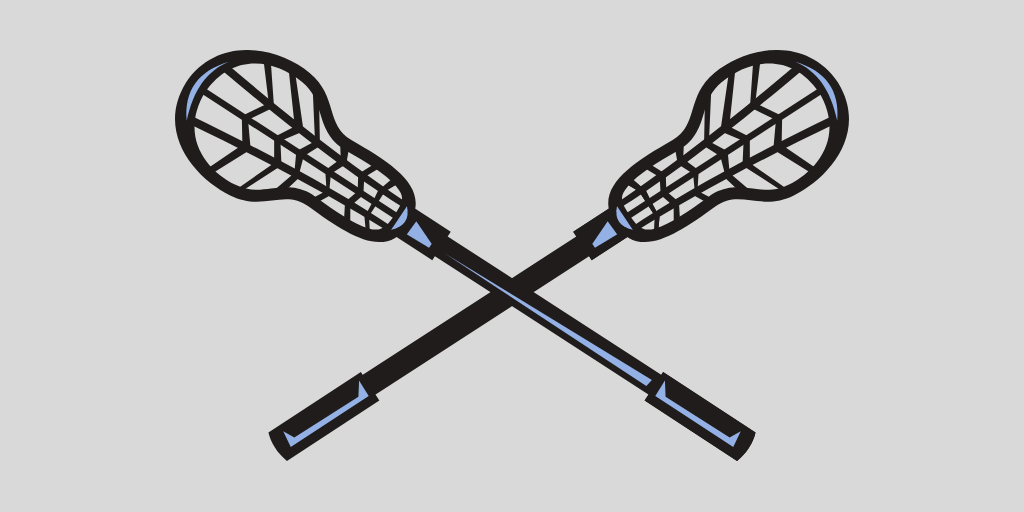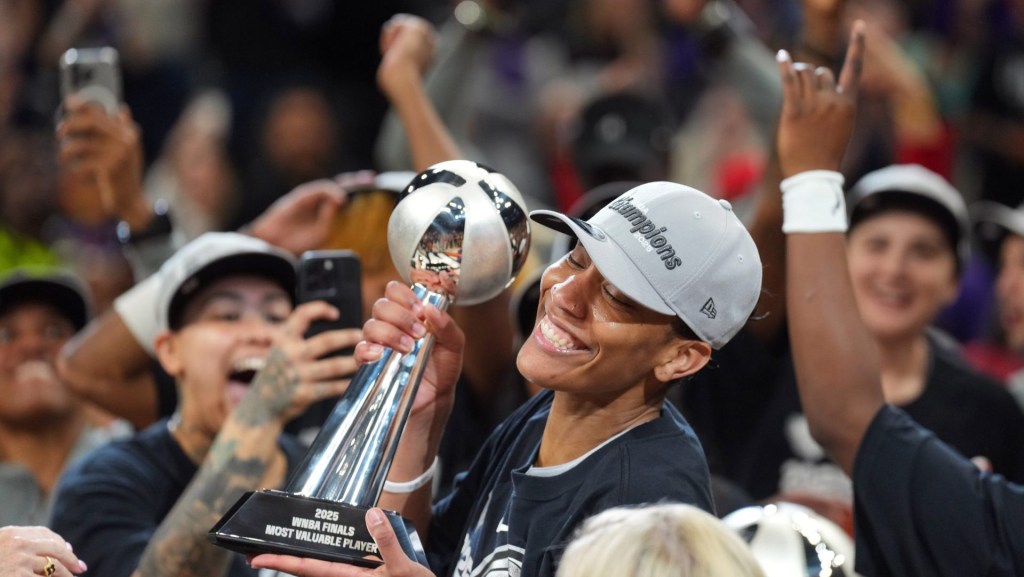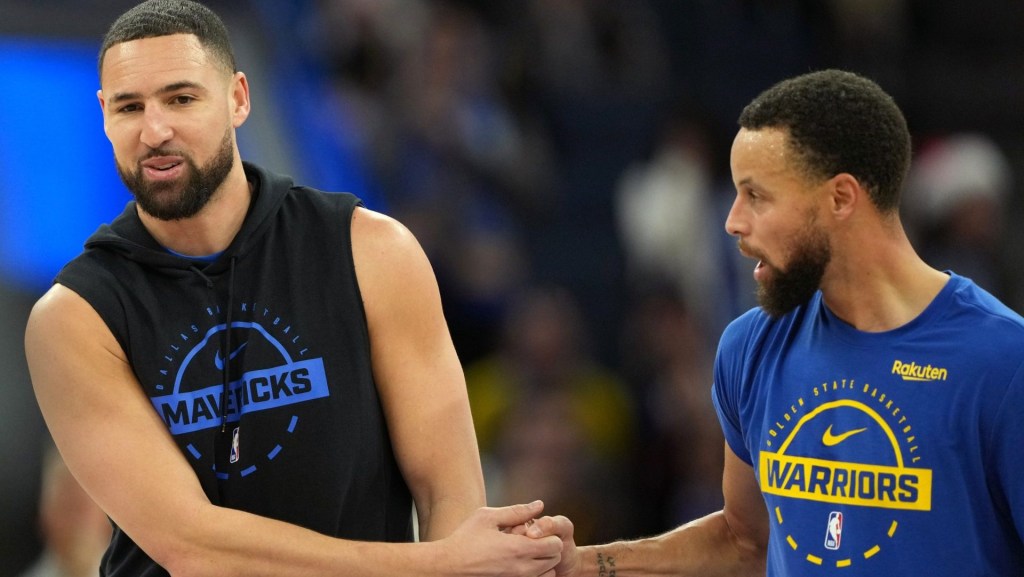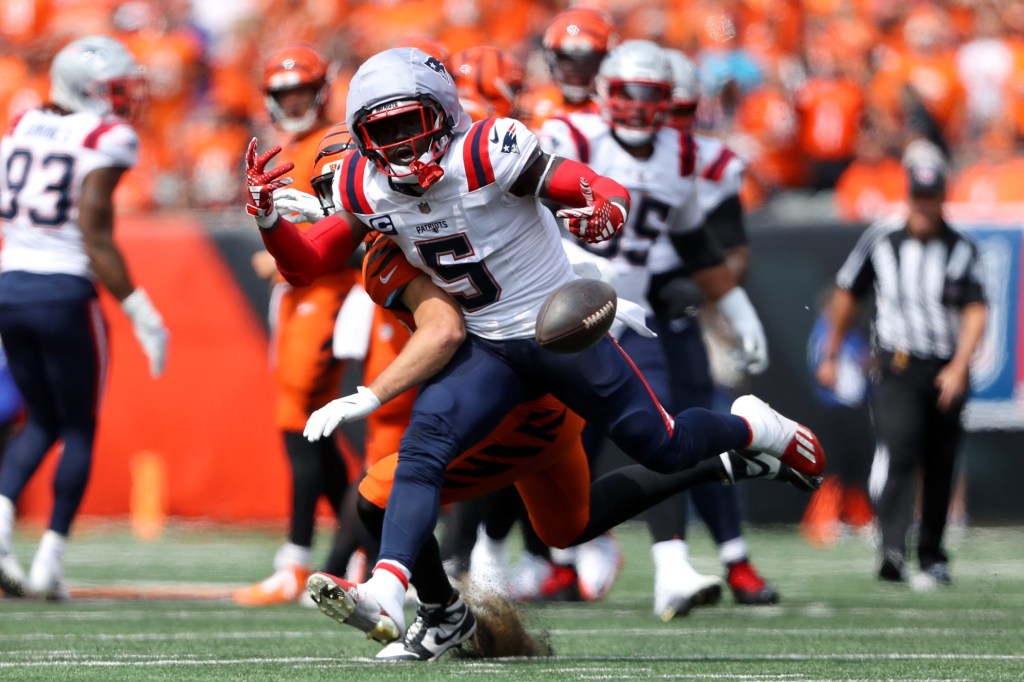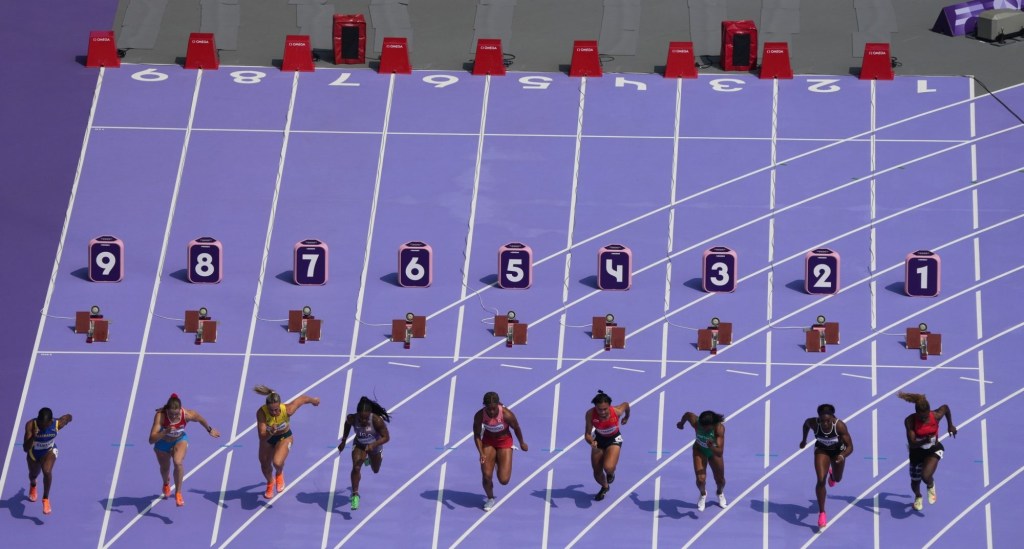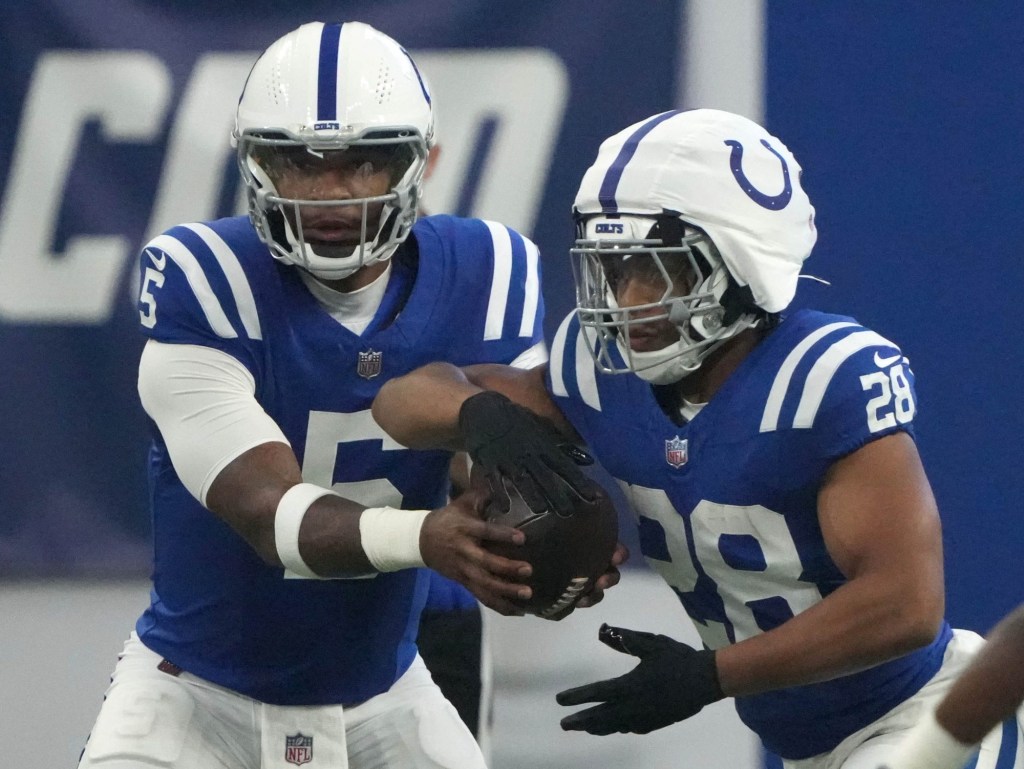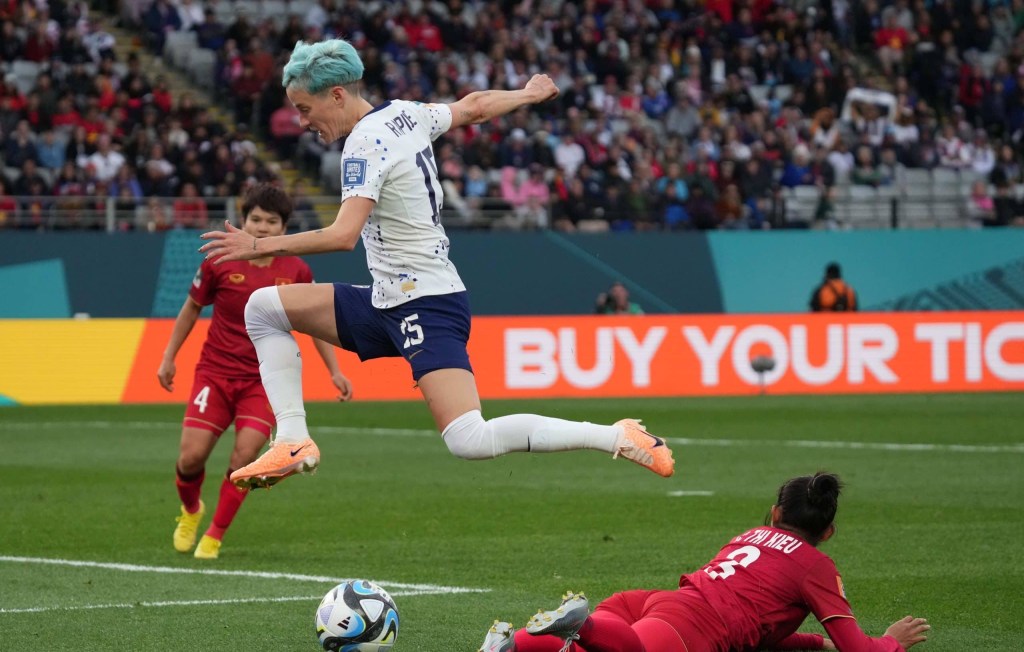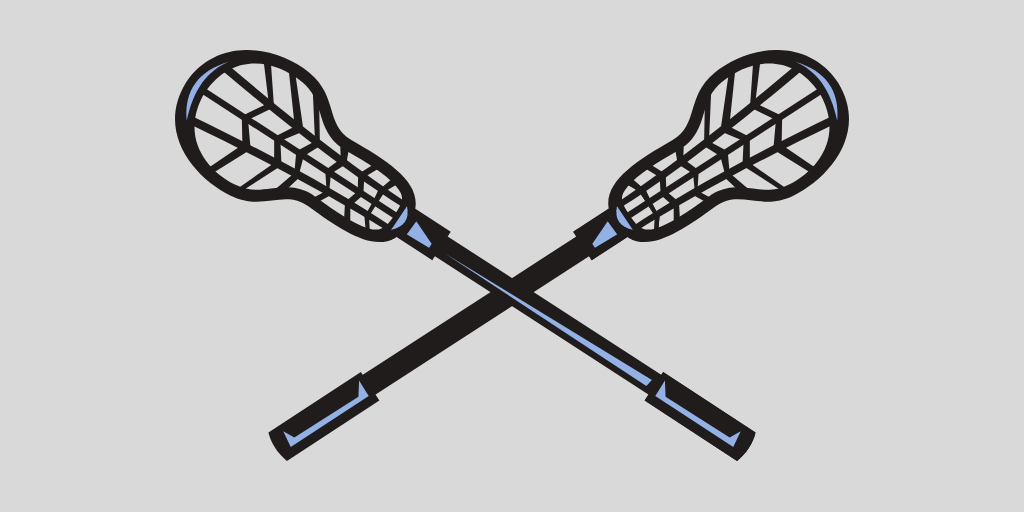
Lacrosse is on the way up.
Since 2015, the sport has seen participation grow by 25 percent, with it increasing by 10 percent in 2017 alone, according to a report from the Sport & Fitness Industry Association.
Typically known as a sport played in the northeast, lacrosse has found a footing as far west as California, where, in 2017, it was the fastest-growing team sport at the high school and collegiate levels.
The National Lacrosse League is taking advantage. This year, the league will see the San Diego Seals begin play, becoming the first NLL franchise to take up roots in California, a move that Commissioner Nick Sakiewicz is excited to see come to fruition.
“Shortly after I became commissioner, we put a strategic growth plan in place and one of the areas of growth was expansion. I’m happy to say we are adding two new teams to play this year in San Diego and Philadelphia, both with bluechip owners. Joe Tsai, the co-founder of Alibaba is our owner in San Diego and Comcast Spectacor is our owner in Philadelphia.”
“I watched 10-year-olds turn into 30-year-olds buying season tickets and MLS jerseys. I feel like we have that in lacrosse now. We’re seeing that dynamic of generational growth amongst kids playing lacrosse.” – Nick Sakiewicz, Commissioner of the NLL
At 12 teams for the 2018-2019 season, Sakiewicz and the NLL expect to be at 14 teams by 2019-2020.
The eventual goal is to get to 20 teams and to do that, the league is focused on a few major markets.
“Outside of Canada, where we think we can have seven or eight teams one day, we are looking at markets in the U.S. where we don’t have a presence, but would be big enough to support an NLL franchise,” added Sakiewicz. “Some of the places that we are focused on are locations like Chicago, Boston, Miami, Dallas, and even Portland and Seattle.”
Sakiewicz isn’t a stranger to expansion and growth. A 21-year veteran of Major League Soccer, he was one of the founding members of the league back in 1995. During his time inside the league, he helped manage two inaugural teams as well as lead the efforts to build the soccer-specific stadiums in New York and Philadelphia.
It might not be surprising then why he is bullish on a property that “has what the MLS had 20 years ago.”
“I watched 10-year-olds turn into 30-year-olds buying season tickets and MLS jerseys,” said Sakiewicz. “I feel like we have that in lacrosse now. We’re seeing that dynamic of generational growth amongst kids playing lacrosse.”
The confidence in the product from the league level comes from the fact that he believes the league delivers something that most others can’t. Speed, energy, and a time commitment that is palpable when put up against other sports that may see their games last 3-plus hours.
READ MORE: How The Lacrosse Network Has Become a Go-To Source for Content Surrounding the Sport
Another reason why is because they are building a fan base from the bottom of the age bracket up, instead of having to find a way to get younger fans to engage with their sport without alienating legacy fans in the process.
“We’re finding this new generation of kids growing up are demanding different experiences from sports,” mentioned Sakiewicz. “In a two-hour window, you are going to get the finesse and skill of hockey and basketball with the physicality of football. It’s a dynamic product that appeals to a new generation.”
The league isn’t the only one who believes in its product. Both Twitter and Turner have broadcast games with the latter signing a multi-year agreement through B/R Live with the NLL.
[mc4wp_form id=”8260″]
“We did a game of the week on Twitter and those were averaging an audience of 300,000 350,000 viewers with an average watch time of 57 minutes.”
Like any new league, there have been growing pains along the way, but if Sakiewicz and the current owners have their way, those will only just be a part of the process.
